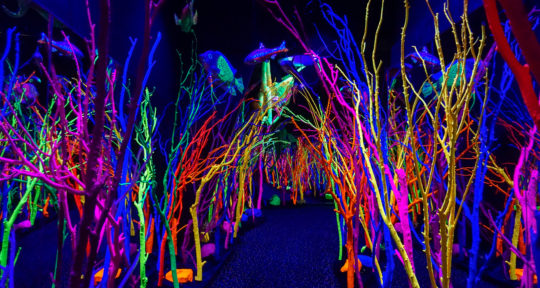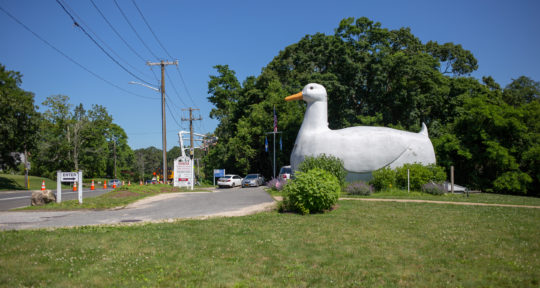It’s hard to fly under the radar in a region as jam-packed with people and attractions as the Mid-Atlantic, but having access to more of everything also means some gems get overlooked. In between crossing iconic destinations off your bucket list, turn your attention to the lesser-known—but just as incredible—attractions in underrated cities and states, including an abandoned castle on a deserted island in the middle of the Hudson River.
Here are the hidden treasures to add to your next Mid-Atlantic road trip.
Mid-Atlantic Midas locations
Midas wants to help you get ready for your road trip, starting with your vehicle. Our techs can run a completely free Closer Look Vehicle Check. This in-depth visual inspection lets you know what needs fixing now and what can wait, so you can hit the road with confidence.

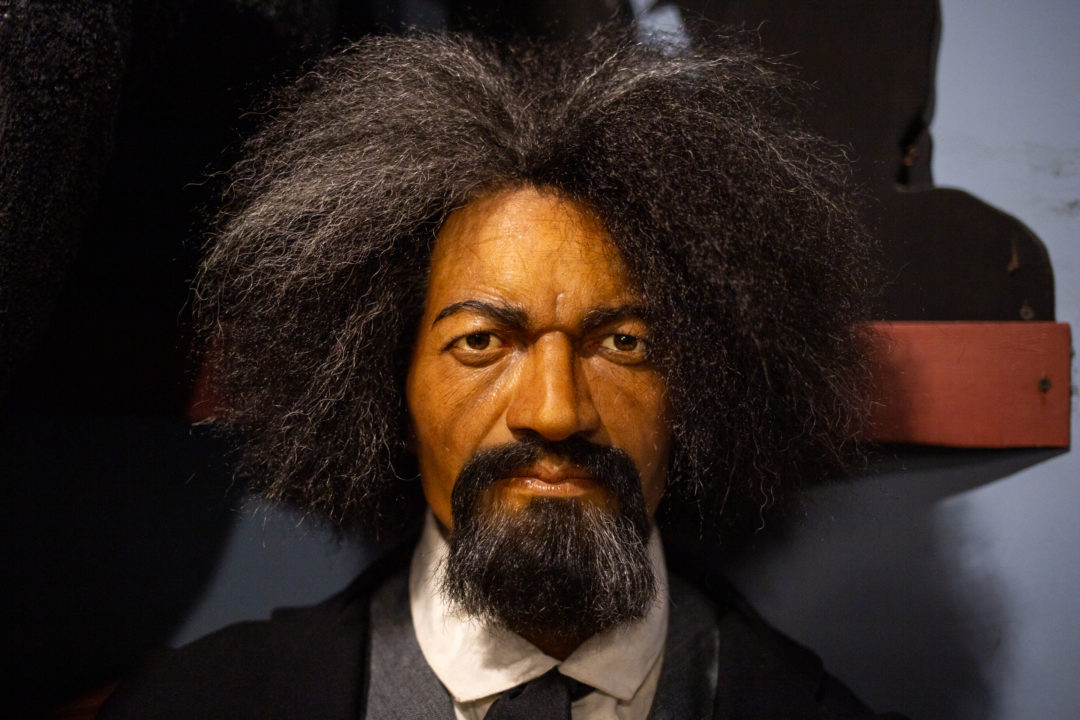
National Great Blacks in Wax Museum
Founded by husband and wife educators, the National Great Blacks in Wax Museum moved to its current location in East Baltimore in 1988. With more than 150 detailed, life-size wax figures and elaborate dioramas, the museum showcases the African American experience from ancient Africa and slavery through to the present. Hailed as the first and most comprehensive museum of its kind, the collection includes Barack Obama, Frederick Douglass, Mahalia Jackson, Harriet Tubman, and other literary, political, and activist leaders, in addition to large-scale recreations of a slave ship and a basement lynching exhibit.
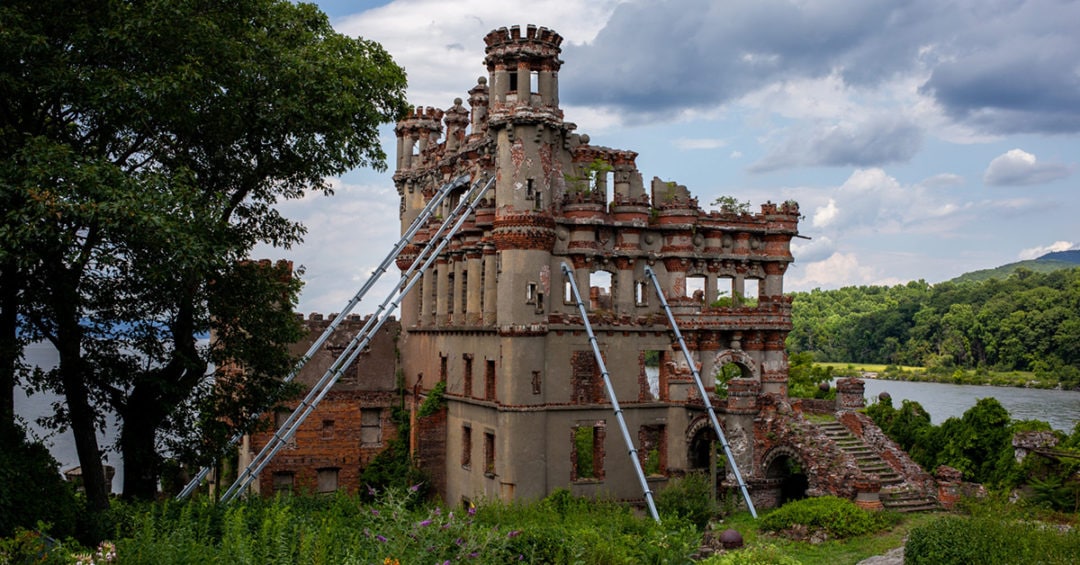
Bannerman Castle
Bannerman Castle once had everything you would expect of a proper castle, including terraced gardens, a dry moat, a drawbridge, and a portcullis, a heavy, vertically-closing gate made with metal spikes. Built in the early 1900s—50 miles north of New York City on Pollepel Island near the eastern bank of the Hudson River—as a storage facility for a military surplus business, the property currently belongs to the New York State Office of Parks, Recreation, and Historic Preservation.
Now in a state of stabilized ruin after explosions, fires, and weather-related damage over the decades, the castle is maintained by the nonprofit Bannerman Castle Trust in conjunction with the Parks Department, and open seasonally for weekend tours, movie nights, and other events.
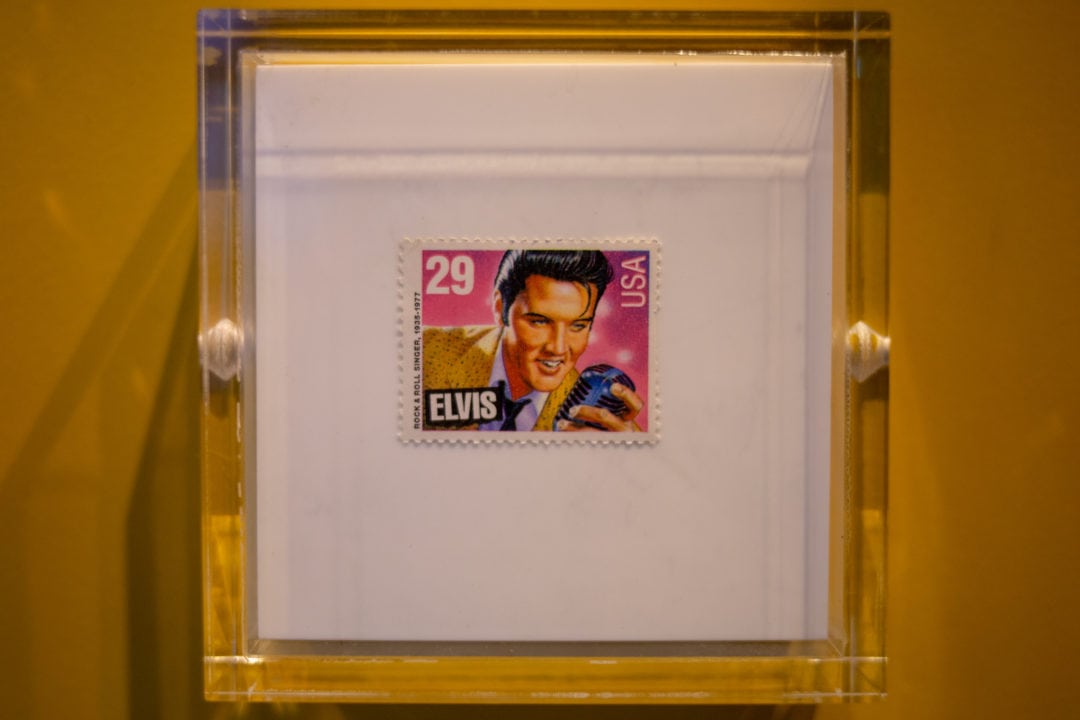
National Postal Museum
While not as well-known as many of the Smithsonian institutions located along the National Mall, the National Postal Museum is a wonderland for history buffs, curious children, dog lovers, and, of course, philatelists (those who study and/or collect postage stamps). Located less than a mile north of the U.S. Capitol and next door to Union Station, the museum is housed in the City Post Office Building, which operated as Washington, D.C.’s main post office from 1914 until 1986.
The William H. Gross Stamp Gallery showcases the first-ever adhesive stamp, a block of inverted Jennys, and a 1993 Elvis stamp, the best-selling stamp of all time. Other artifacts on display include several trains, planes, and automobiles; Owney, a taxidermied dog who rode mail trains and served as the unofficial mascot of postal workers; and objects from notorious moments in mail history, such as the handcuffs used to apprehend Unabomber Ted Kaczynski and a mailbox from New Jersey used to mail anthrax-laced letters in 2001.
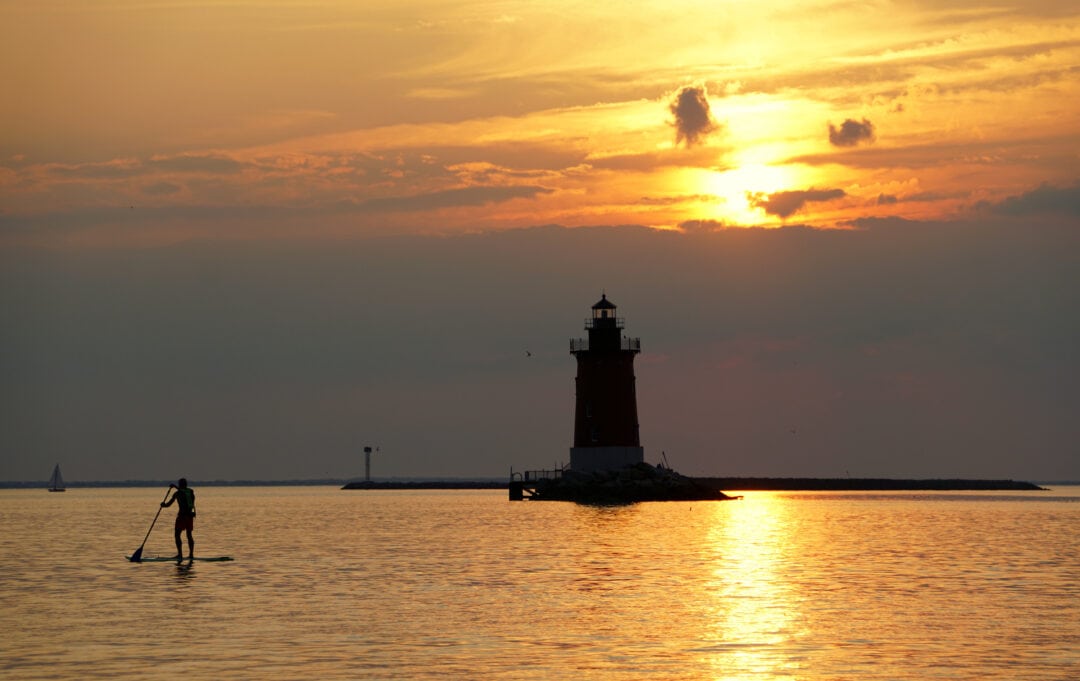
Cape Henlopen State Park
Located just 10 miles north of Rehoboth Beach, at the mouth of the Delaware Bay, is Cape Henlopen State Park. With more than 6 miles of coastline comprising a diverse collection of habitats, including barrier dunes, coastal beaches, and maritime forests, Cape Henlopen is also home to the Fort Miles Museum, Seaside Nature Center, and miles of hiking and biking trails. Lifeguards patrol the designated swimming beach from Memorial Day to Labor Day, and Cape Henlopen’s campground offers two-point hookups, 100-amp service, 20 tent sites, 12 cabins, and sites for larger RVs.
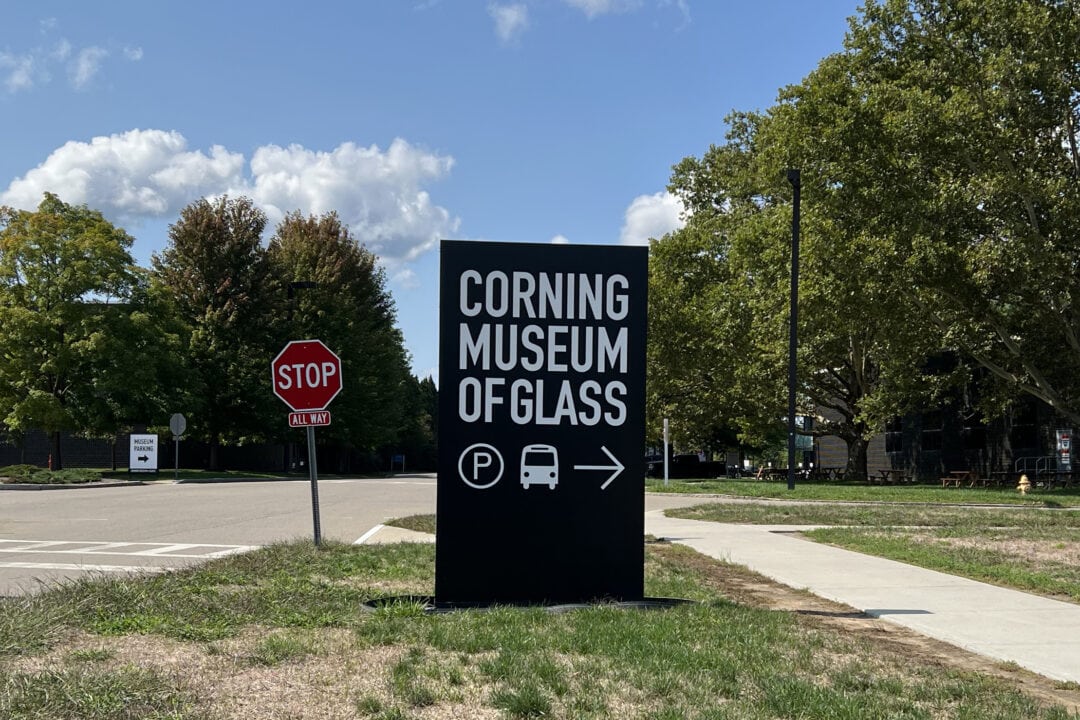
Corning Museum of Glass
Established in southwest New York in 1951, the Corning Museum of Glass complex houses a library, school, gift shop, and the world’s most comprehensive collection of glass, comprising 50,000 individual objects and spanning 3,500 years of history. Visitors can watch daily demonstrations by artists-in-residence, and try their hand at glassmaking themselves with “Make Your Own Glass” sessions for all skill levels.
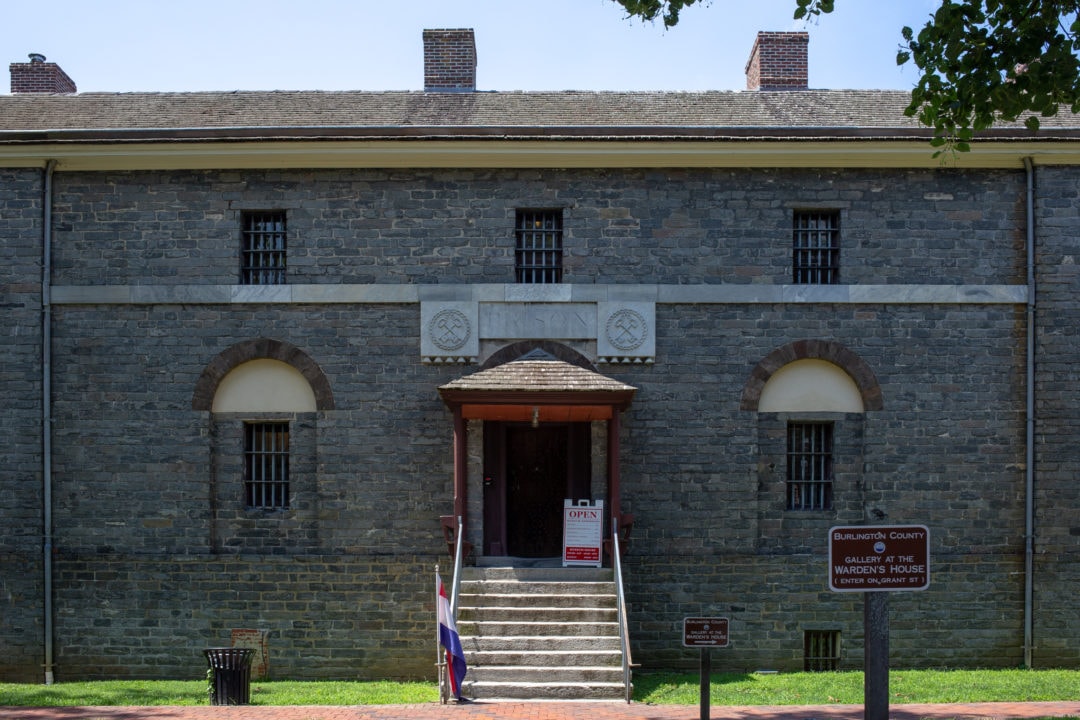
Burlington County Prison
Burlington County Prison operated from 1811 until 1965 in Mount Holly, a western New Jersey suburb of Philadelphia. Burlington County was the oldest continuously-used prison in the U.S. at the time it closed, and has been open as a museum administered by the non-profit Prison Museum Association since 1966. The imposing structure—built with 18-inch-thick stone-and-brick walls to hold 40 inmates—was designed by architect Robert Mills, whose other buildings include the U.S. Treasury Building (featured on the back of the 10-dollar bill) and the Washington Monument.

Flushing Meadows Corona Park
Once the site of the 1939 and 1964 World’s Fairs, today Flushing Meadows Corona Park is a nearly 900-acre outdoor oasis in northern Queens. While not as touristy as Manhattan’s Central Park or as celebrated as Brooklyn’s Prospect Park, Flushing Meadows is the city’s fourth-largest public park and full of green lawns, fountains, and relics of the two fairs, including the Unisphere and Philip Johnson’s New York State Pavilion.
Don’t miss the Queens Museum (built for the ‘39 fair), which has been the permanent home of The Panorama of the City of New York since the ‘70s. The sweeping diorama includes every park and street across the five boroughs, in addition to 100 bridges and 895,000 miniature structures (representing every building in the city constructed prior to 1992) built to a scale of 1:1200.


